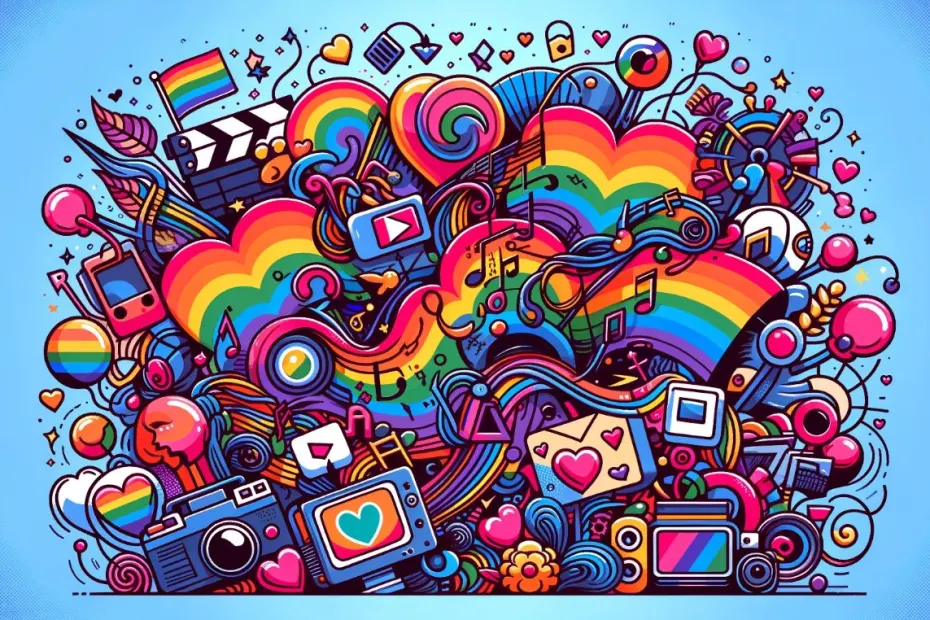History of LGBTQ+ Visibility in Popular Culture
In recent decades, the representation of LGBTQIA+ individuals in popular culture has undergone significant shifts. These changes have been instrumental in raising awareness and fostering acceptance of a spectrum of sexual identities and orientations within society. This article delves into the key milestones of this growing visibility, focusing on its influence in cinema, television, music, and media at large.
Early LGBTQIA+ Representations in Film and TV The Pioneer Years
In the 1960s and 1970s, LGBTQIA+ portrayals in movies were scarce and often laden with stereotypes. The initial films and TV shows that broached these subjects were typically independent or on the fringes of the mainstream.

Advancement in the 80s and 90s
The 80s and 90s witnessed an upsurge in representation, featuring more nuanced characters and narratives centered around LGBTQIA+ experiences. TV shows like “Will & Grace” and movies such as “Philadelphia” marked a significant turning point.
The Rise of LGBTQIA+ Visibility in Pop Culture Music and the Influence of LGBTQIA+ Icons Voices Rising
Artists like Elton John, Freddie Mercury, and later Lady Gaga and Frank Ocean have been pivotal in elevating LGBTQIA+ visibility in music, leveraging their platforms to raise awareness and advocate for rights.
Also read : Lady Gaga’s Unwavering Support for Transgender Rights During Las Vegas Residency
Music as a Medium for Activism
Music has also served as a powerful tool for expression and activism, with anthems and works openly addressing LGBTQIA+ issues.
The Impact of Social Media and Internet Culture Amplified Visibility
The advent of social media has provided LGBTQIA+ communities with new avenues to express themselves and share their experiences, thus enhancing their visibility.
Influencers and Content Creators
Internet personalities, including YouTubers and Instagram influencers, have also played a role in this increased visibility, often by sharing their personal journeys and combating stereotypes.
Conclusion :
The evolution of LGBTQIA+ visibility in pop culture mirrors a profound societal shift towards greater inclusion and recognition. These diverse representations are fundamental in the fight against discrimination and in promoting equality for all.














+ There are no comments
Add yours